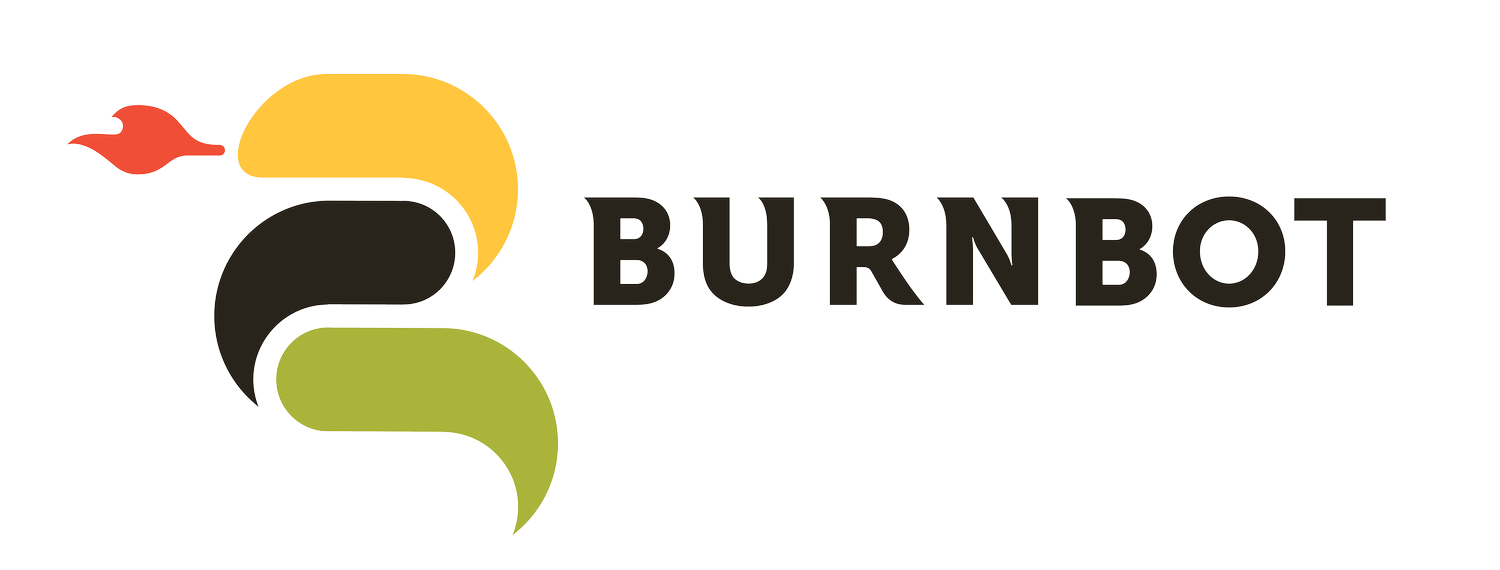Understanding the Challenges of Wildland Urban Interface (WUI) Hazardous Fuel Mitigation
The Wildland Urban Interface (WUI) is the zone where urban development meets wildland areas. This critical and vast landscape has many benefits, yet it also presents a variety of unique challenges. The WUI is at risk of hazardous fuel loading, which refers to the accumulation of flammable vegetation that can ignite and contribute to the spread of wildfires. To address this risk, we must work together to understand challenges relating to workforce capacity, environmental factors, and the scale of work needed to mitigate hazardous fuel loading in the WUI.
Recognizing Workforce Capacity
One of the primary challenges in mitigating hazardous fuel loading in the WUI is workforce capacity. Hazardous fuel mitigation requires a skilled and well-trained workforce to identify, remove, or manage flammable vegetation effectively. However, the availability of trained personnel and equipment to carry out these tasks can be limited, especially in remote or high-risk areas. Moreover, the seasonal nature of hazardous fuel mitigation work and the physically demanding nature of the job can make it challenging to attract and retain a skilled workforce.
Complex Environmental Factors
Another crucial aspect of hazardous fuel mitigation in the WUI is the consideration of environmental factors. While reducing fuel loading can decrease the risk of wildfires, it can also impact the natural ecosystem. For example, removing vegetation can disrupt the habitat of wildlife species, affect water quality and quantity, and disrupt natural nutrient cycling processes. Balancing the need for hazardous fuel mitigation with the preservation of the environment requires careful planning, monitoring, and adaptive management approaches to minimize negative impacts.
A Daunting Scale of Work
Mitigating hazardous fuel loading in the WUI is not a small-scale task. The sheer size and complexity of the problem can be overwhelming. The WUI encompasses vast areas with varying topography, vegetation types, and land ownerships, making it challenging to coordinate and implement fuel mitigation efforts effectively. Additionally, hazardous fuel mitigation is an ongoing process that requires regular maintenance to sustain its effectiveness. The scale of work needed to address hazardous fuel loading in the WUI requires a comprehensive approach involving multiple stakeholders, including government agencies, landowners, communities, and other partners.
Mitigation Strategies for Hazardous Fuel Loading
Despite the challenges, there are strategies that can be employed to mitigate hazardous fuel loading in the WUI effectively:
Community Engagement: Engaging communities in wildfire education, preparedness, and mitigation efforts is critical. Educating residents about the risks of hazardous fuel loading and providing resources for fuel reduction efforts on private properties can help create a collaborative approach to mitigating wildfire risks.
Strategic Fuel Reduction: Developing and implementing strategic fuel reduction plans that prioritize areas with high fire risk, such as those close to homes, critical infrastructure, and evacuation routes, can be effective in reducing the spread of wildfires.
Integrated Vegetation Management: Using a combination of mechanical treatments, such as mowing and thinning, and prescribed burning can help reduce hazardous fuel loading while maintaining ecosystem health. Integrated vegetation management approaches take into account the ecological context and consider the environmental factors in the WUI.
Workforce Development: Building a skilled and trained workforce for hazardous fuel mitigation is crucial. Investing in workforce development programs, training, and equipment can help build capacity for effective fuel reduction efforts in the WUI.
Mitigating hazardous fuel loading in the wildland urban interface is a multifaceted challenge that requires careful consideration. It demands a collaborative effort involving various stakeholders and the implementation of integrated approaches. By understanding the challenges and employing effective mitigation strategies, we can reduce the risk of wildfires in the WUI. The goal? Protect our communities, natural resources, and health.
There is no “one size fits all” solution. But, a cohesively aligned and strategic approach utilizing the right tools, for the right treatment, in the right place, at the right time will reduce the long term risk (and cost). That’s why we created BurnBot. To amplify our fire workforces with technology that can work in varying conditions for increasingly efficient fuel treatment. While we know communities will continue to be confronted with the increasingly frequent issue of catastrophic wildfire, understanding and proactively addressing core challenges is work we want to be a part of.
